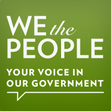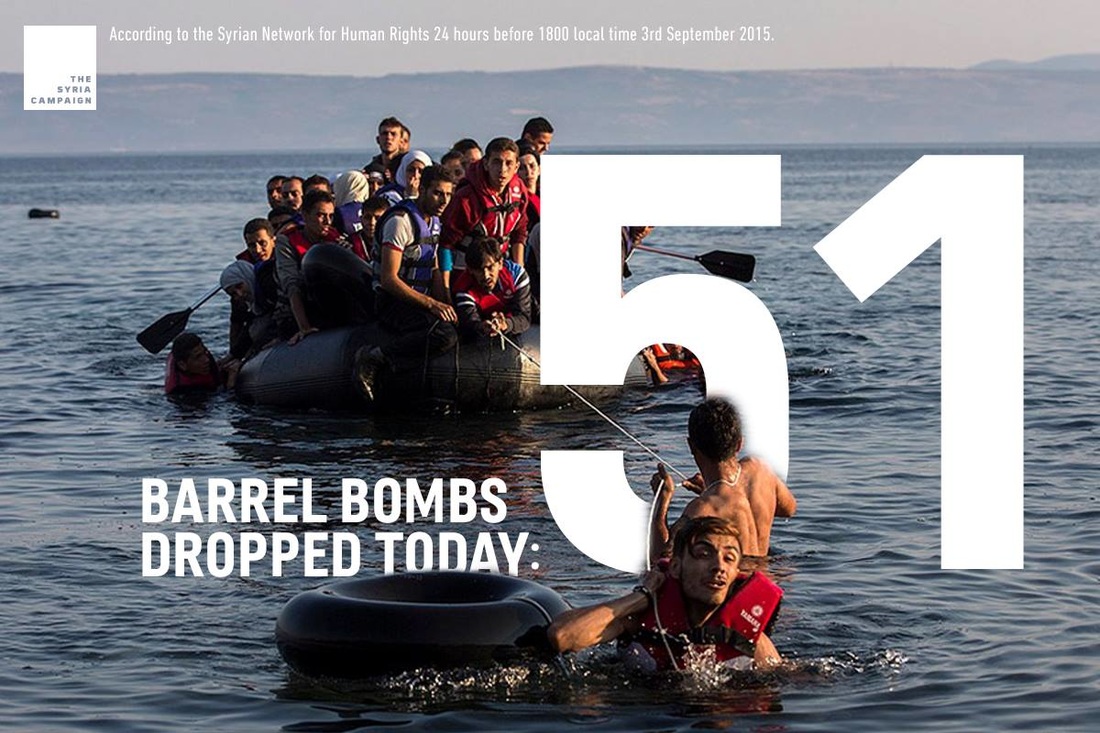I’m sure you’ve heard about the Syrian refugee crisis in Europe. You may have seen some devastatingly sad pictures of the body of 3-year-old Aylan Kurdi, who drowned while his family was fleeing to Europe. (I’m not going to post them or link to them here because they’re awful. Google it if you dare.) You may have seen some petitions, news articles, and fundraising on social media, too.
What’s the big deal? Let’s dig into it a little bit.
First of all, there’s been a lot of confusion about what to call these folks. It’s always good practice to define our terms up front:
A refugee is a person who flees for his/her life due to armed conflict or persecution. The millions of people fleeing Syria are refugees. This distinction is important because refugees are entitled to special protections under international law.
A migrant is a person who goes seeking a better life, usually due to economic reasons. This is happening in Europe now, too, but not nearly in the same volume as the Syrian refugees.
An internally displaced person (IDP) is forced to leave home due to armed conflict, persecution, or natural disaster, but flees to another place within the same country. This is a big one in Sudan, Afghanistan, Colombia, and also Syria right now.
(More info is available from UNHCR and the IRC.)
What’s the big deal? Let’s dig into it a little bit.
First of all, there’s been a lot of confusion about what to call these folks. It’s always good practice to define our terms up front:
A refugee is a person who flees for his/her life due to armed conflict or persecution. The millions of people fleeing Syria are refugees. This distinction is important because refugees are entitled to special protections under international law.
A migrant is a person who goes seeking a better life, usually due to economic reasons. This is happening in Europe now, too, but not nearly in the same volume as the Syrian refugees.
An internally displaced person (IDP) is forced to leave home due to armed conflict, persecution, or natural disaster, but flees to another place within the same country. This is a big one in Sudan, Afghanistan, Colombia, and also Syria right now.
(More info is available from UNHCR and the IRC.)
Why is this happening now?
|
The whole situation is just terrible. The civil war in Syria has been going on for five years and over 4 million people (according to the UNHCR) have fled looking for safety in Europe – or really anywhere. (Another 7 million are internally displaced.)
Some countries don’t want to let them in, others are being more welcoming. (German people overwhelmed the Munich police with donations. That’s really nice.) |
The Pope even called for every parish in Europe to take in a migrant family, which I hope they do.
Part of the problem is that Syrian refugees are being called “migrants” in Europe and often in the media. This diminishes the urgency of the situation and could prevent them from receiving the humanitarian aid they need.
This story has been in the news for a few weeks now. But then the photos of little Aylan Kurdi’s body hit the internet last week and the reality of the whole thing was driven home for many of us who aren’t near it.
But Rachel, Courtney’s House is an anti-trafficking organization. What does this have to do with human trafficking?
Part of the problem is that Syrian refugees are being called “migrants” in Europe and often in the media. This diminishes the urgency of the situation and could prevent them from receiving the humanitarian aid they need.
This story has been in the news for a few weeks now. But then the photos of little Aylan Kurdi’s body hit the internet last week and the reality of the whole thing was driven home for many of us who aren’t near it.
But Rachel, Courtney’s House is an anti-trafficking organization. What does this have to do with human trafficking?
|
I’m so glad you asked. Traffickers prey on the vulnerable. Always. The poor, the homeless, the mentally ill, refugees, migrants, IDPs – these are all prime targets for traffickers because they are vulnerable. They lack support systems and funds, and by and large they are desperate. Sadly, this is a target-rich environment for traffickers and they know it.
|
Traffickers prey on the vulnerable. Always." |
There’s no telling how many refugees are ending up trafficked yet because of the chaotic atmosphere and the unseen nature of the crime, but I guarantee we’ll be hearing about it soon, and it won’t be pretty. (Also, we’re talking about both labor trafficking and sex trafficking here.)
What can we do to prevent them from being trafficked?
The best way to prevent refugees from ending up in trafficking situations is to get them to safety. Stable housing, assistance, food, medical care, and community are clutch. Some nations are welcoming the refugees, but not enough and not quickly enough. Humanitarian organizations are doing their best, but they’re strapped for cash and personnel.
Here are two ways you can help:
1. Give. Normally I’d ask you to give to Courtney’s House (and, ahem, here’s that link if you’d like to), but we are not in a position to help in Europe. Here’s a link to an article that lists some large and small organizations that are doing good work over there and tells you how to give to them.
2. Advocate for the US to welcome more refugees. Right now, the US has pledged to let a few thousand resettle here by the end of 2016. For perspective, Germany has pledged to take 800,000. Germany, by the way, has ¼ the population of the US, an economy less than ¼ the size, and nearly 7 times the population density. (Source.)
What can we do to prevent them from being trafficked?
The best way to prevent refugees from ending up in trafficking situations is to get them to safety. Stable housing, assistance, food, medical care, and community are clutch. Some nations are welcoming the refugees, but not enough and not quickly enough. Humanitarian organizations are doing their best, but they’re strapped for cash and personnel.
Here are two ways you can help:
1. Give. Normally I’d ask you to give to Courtney’s House (and, ahem, here’s that link if you’d like to), but we are not in a position to help in Europe. Here’s a link to an article that lists some large and small organizations that are doing good work over there and tells you how to give to them.
2. Advocate for the US to welcome more refugees. Right now, the US has pledged to let a few thousand resettle here by the end of 2016. For perspective, Germany has pledged to take 800,000. Germany, by the way, has ¼ the population of the US, an economy less than ¼ the size, and nearly 7 times the population density. (Source.)

Here’s a link to a petition on We the People, which is run by the White House. The White House will respond to any petition on that site that gets 100,000 signatures.* (I think this is much better than most online petitions, which have no response requirement or teeth of any kind.) This petition asks that the US admit 65,000 Syrians.
Sure, Courtney’s House focuses on sex trafficking here in the States, but we’re anti-trafficking everywhere. This is a huge crisis. It’s not going to be resolved soon, but with the help of governments and NGOs, we can help some people, get them to safety, and prevent them from being trafficked.
Thanks for reading.
Rachel Boyce
Director of Operations
*No really, any petition that gets enough signatures. The White House had to respond to a petition to build a Death Star, a la Star Wars. Read the epic response here for a smile.
Thanks for reading.
Rachel Boyce
Director of Operations
*No really, any petition that gets enough signatures. The White House had to respond to a petition to build a Death Star, a la Star Wars. Read the epic response here for a smile.


 RSS Feed
RSS Feed
